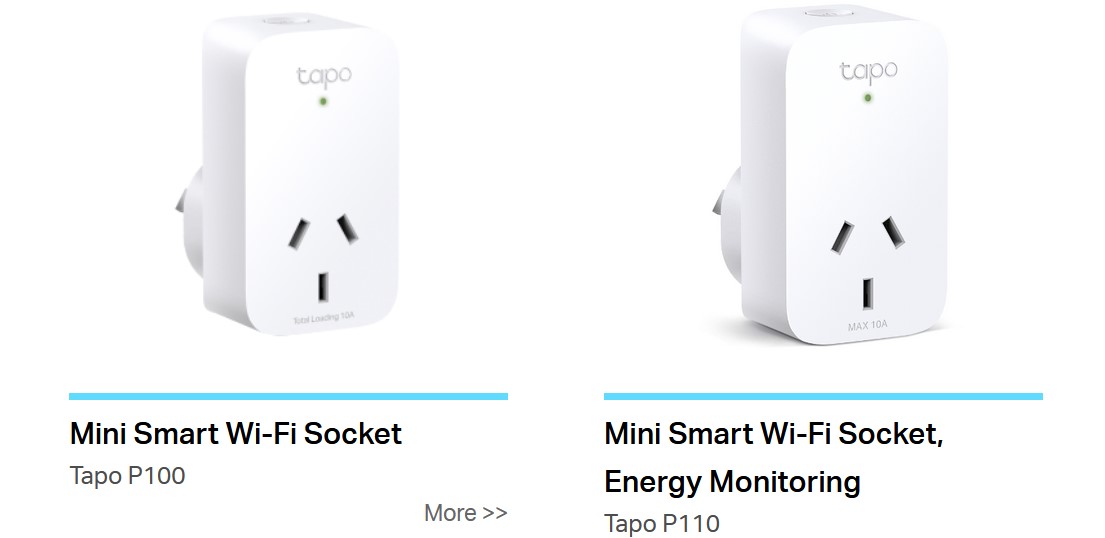Two easy-to-use energy-saving devices (guide)

CyberShack uses two must-have, low-cost energy-saving devices in its review testing, but these are equally useful around the home.
The two energy-saving devices we use when testing both 240V power consumption and USB charging rates are TP-Link’s Tapo P110 mini–Smart Wi-Fi Energy Monitoring plug and the Plugable USB-C Voltage and Amperage meter.
TP-Link Tapo p110 Wi-Fi Smart Plug for 240V power use
The TP-Link Tapo P110 measures 240V wattage or kilowatt hours (kWh) of any device plugged into it. It also acts as a Wi-Fi smart switch.
The Tapo App shows energy use, schedules, timers, remote control, group control (OK, Google, turn everything off in the lounge), and power fail default return state.
- Price: P110 $27
- Product range
- From: Harvey Norman, JB Hi-Fi, Good Guys, Officeworks, Big W and more
- Warranty: 2 years
- CyberShack TP-Link news and reviews
Now at $27, it is a no-brainer and has helped us not only test the power consumption of review devices but also track down less energy-efficient, always-on devices around the home. In one case, the standby power was supposed to be <1W but was 12W, and that is the same as running 2 x LED downlights.


Plugable USB-C Voltage & Amperage Meter Model USBC-VAMETER3 for smart device power use
This is a new USB-C model that can measure DC volts (45.-50V), amps (50mA-6.5A) and watts to 240W EPR (extended power range). It works on all USBs from 1.0 (need a USB-A adapter) to USB-C 3.2 Gen 2. It will not work with Thunderbolt 3 or 4 ports but will work on the USB ports in any attached dock or dongle. Power-testing does not interfere with normal USB-C operation as it only taps into the power (VBUS) and ground connections to measure values and leaves the data lines untouched.
The OLED readout is easy to understand and will show both upstream and downstream information (useful to determine USB port charging rates). It is also useful to see if power fluctuates under load.


To use it, simply plug it between the charger and the device.
- Price: $42.95
- Warranty: 2 years
- Website
- From: Amazon
- CyberShack Plugable news and reviews
Plugable says it is not meant to replace a professional-level VA meter, but it is spot on with VA meter results in our tests. Note that there is an older version for 100W testing at a slightly lower cost.







